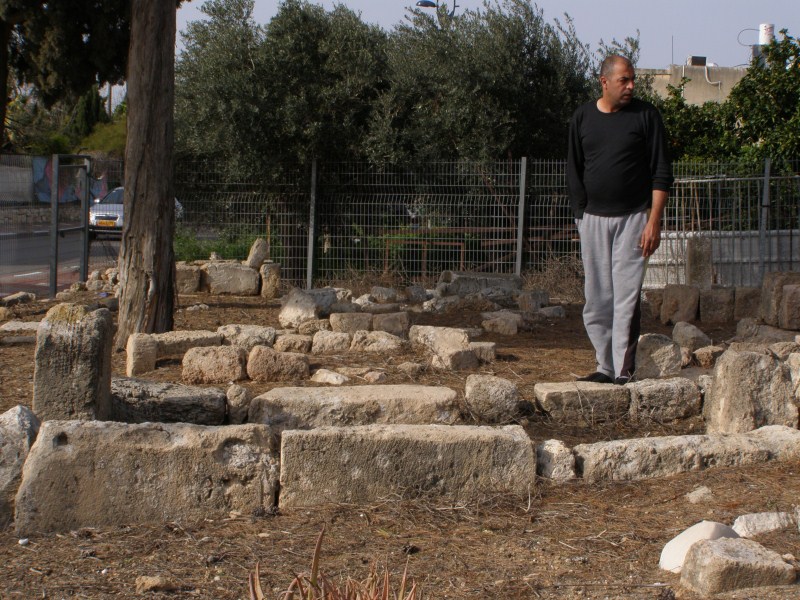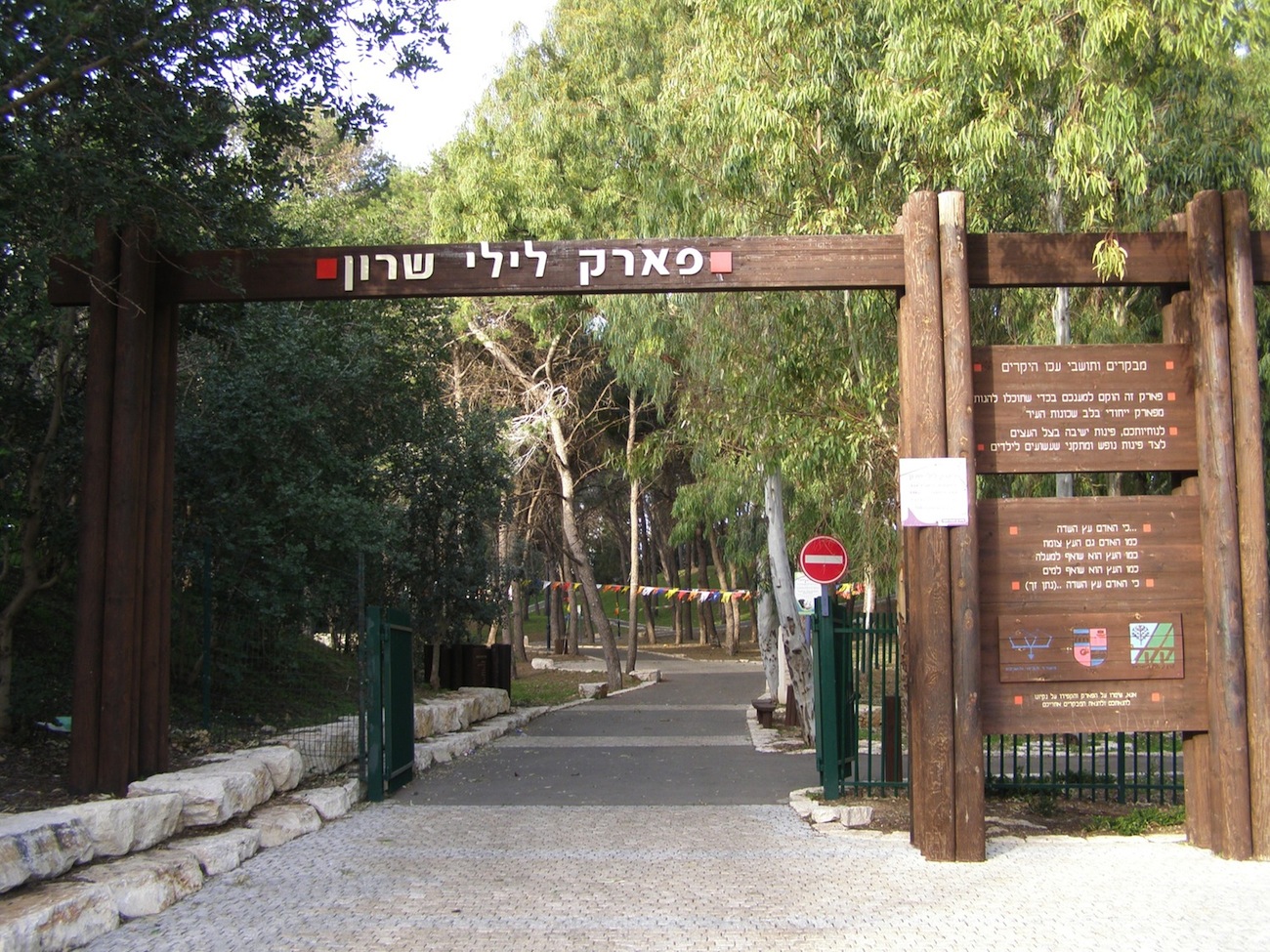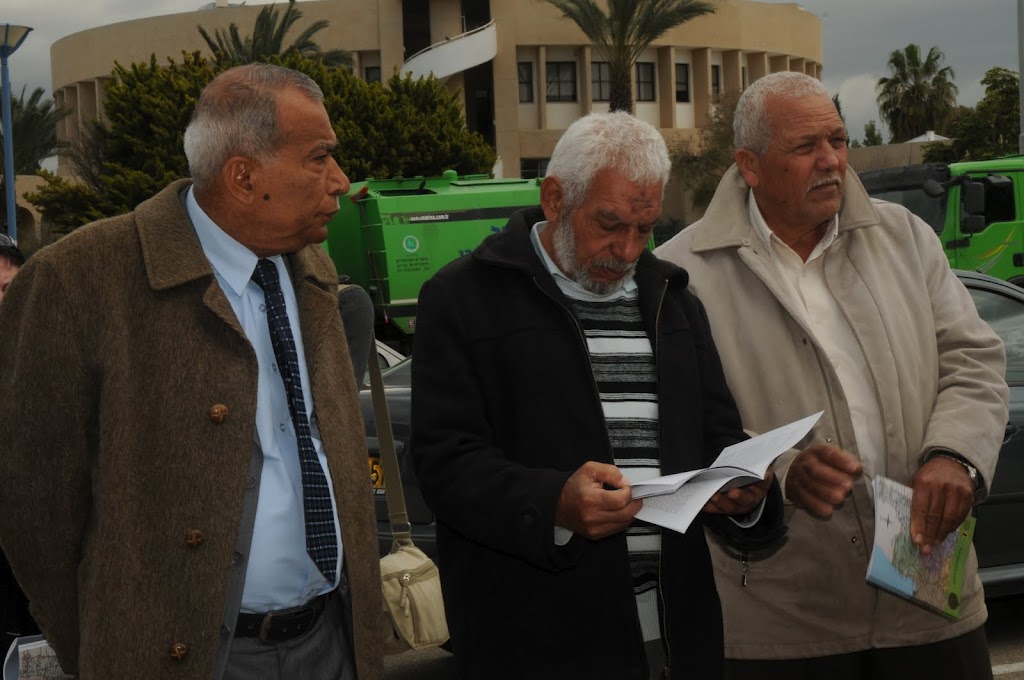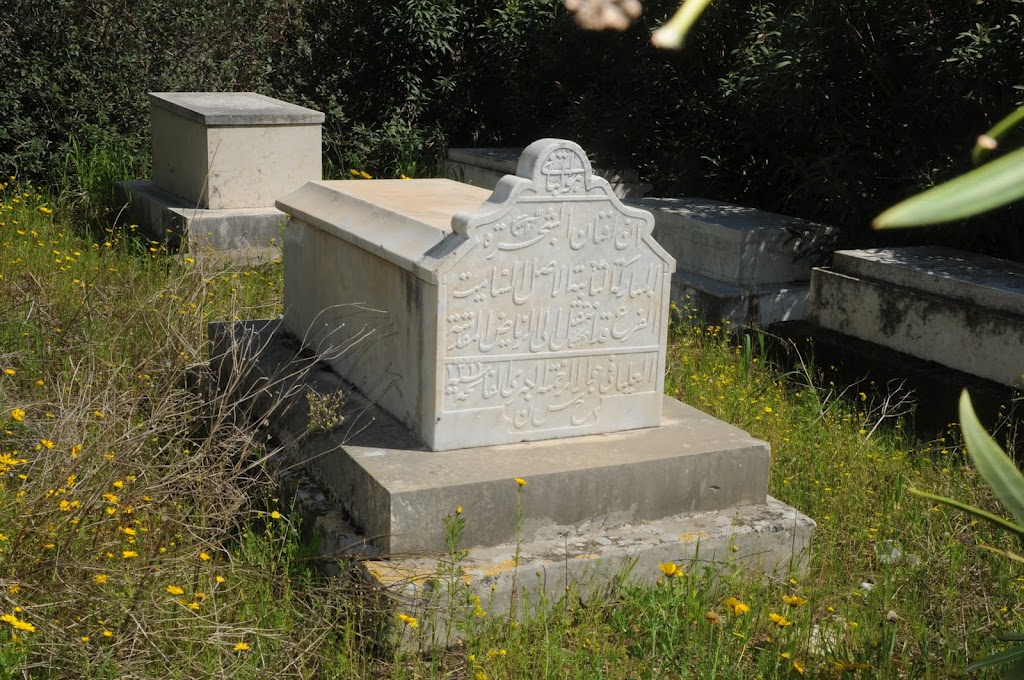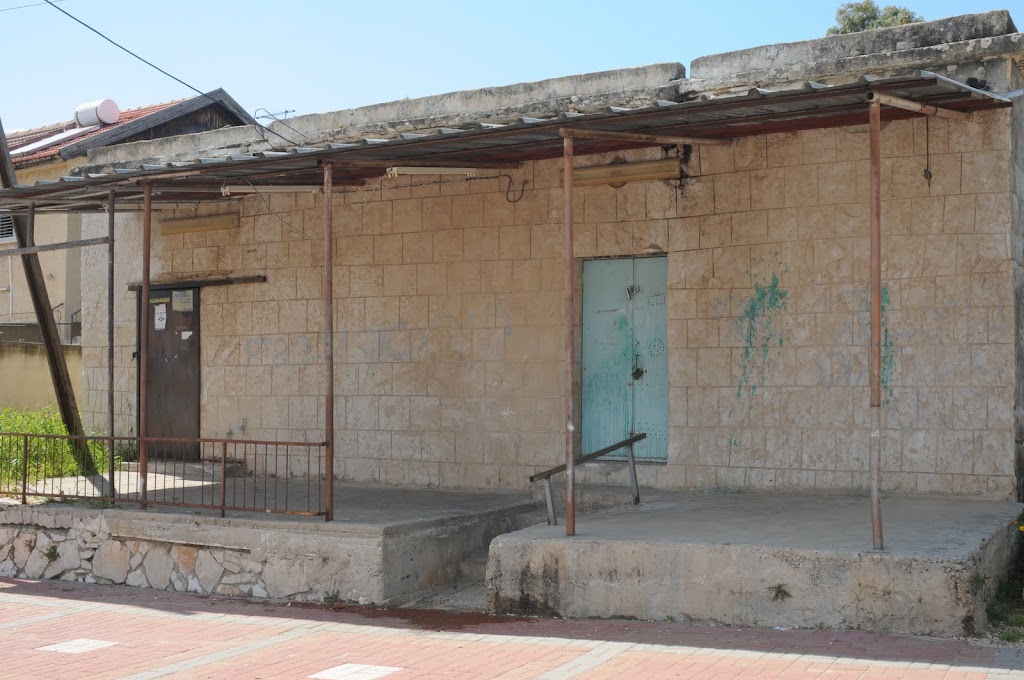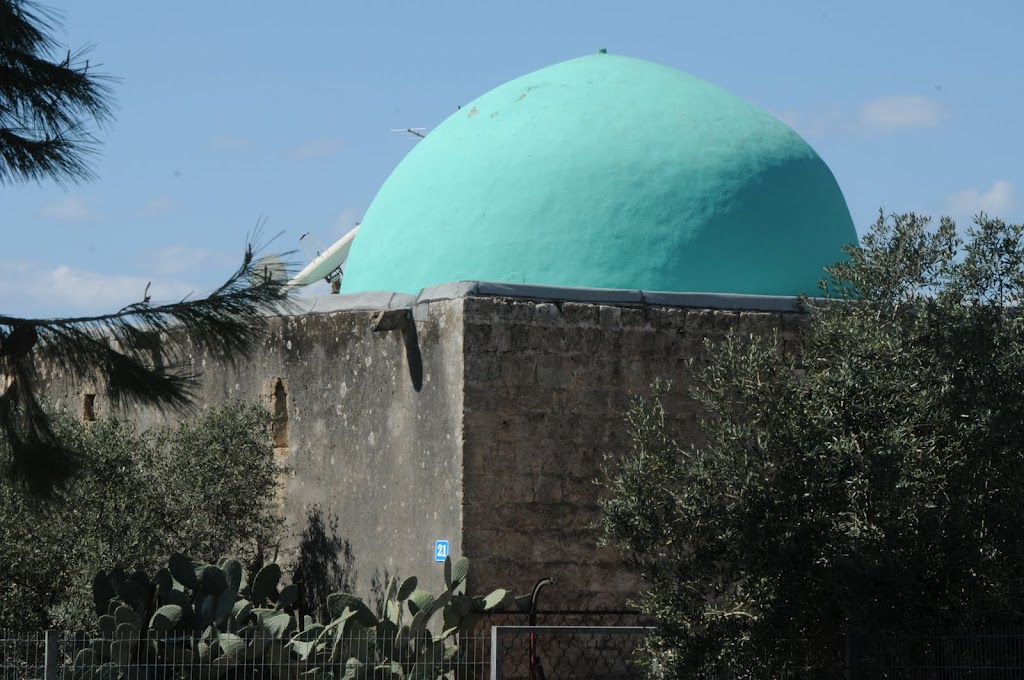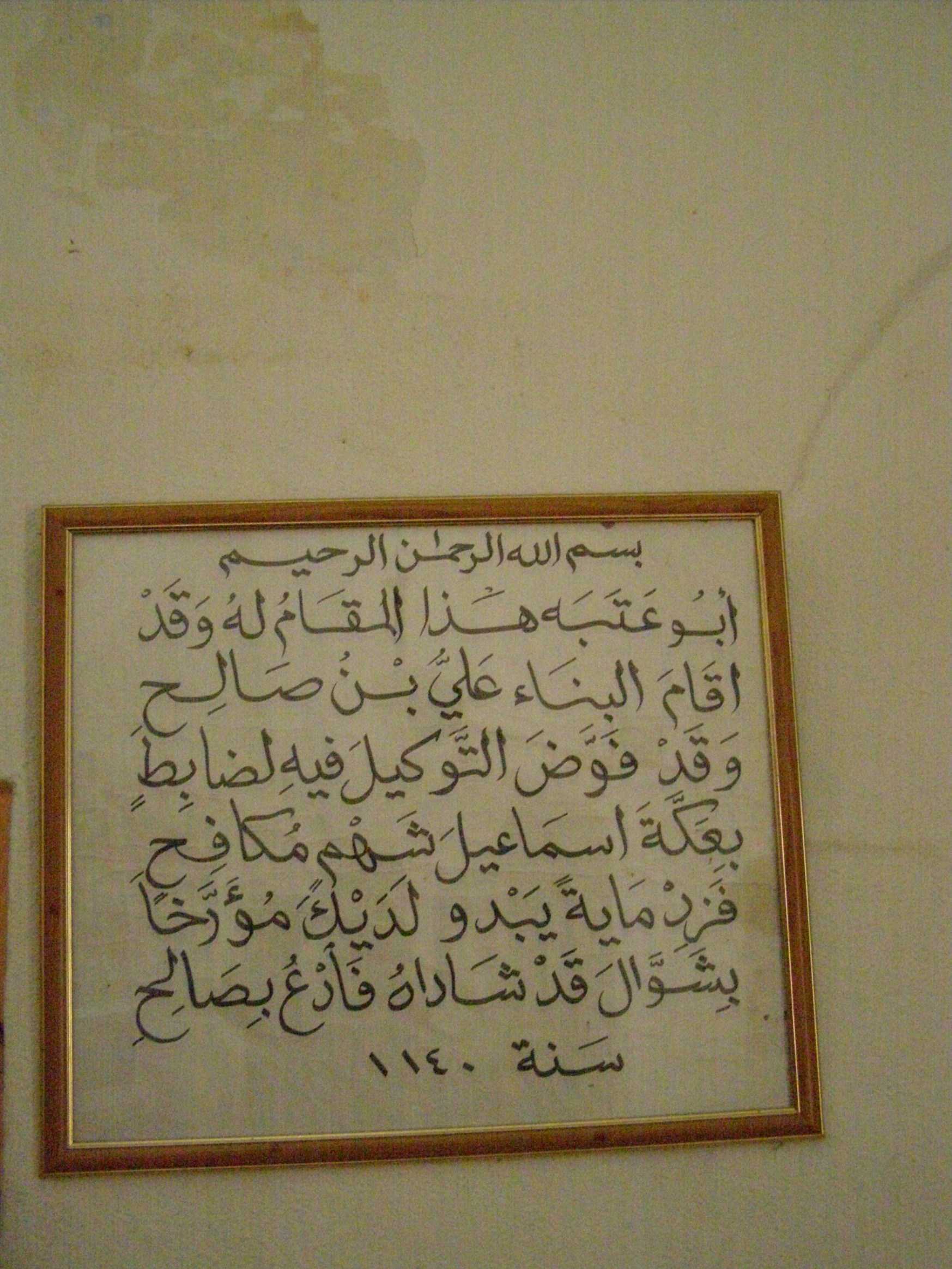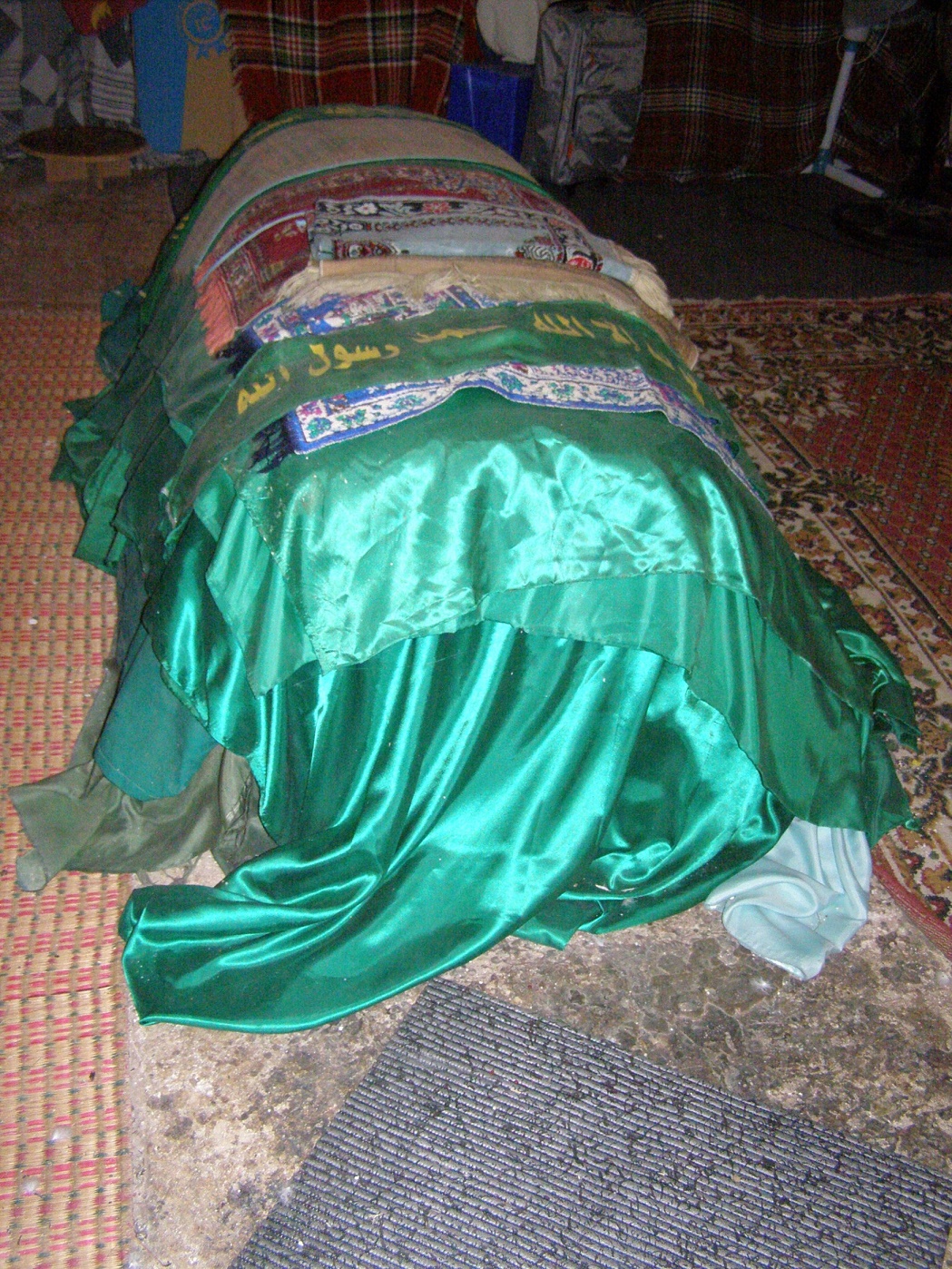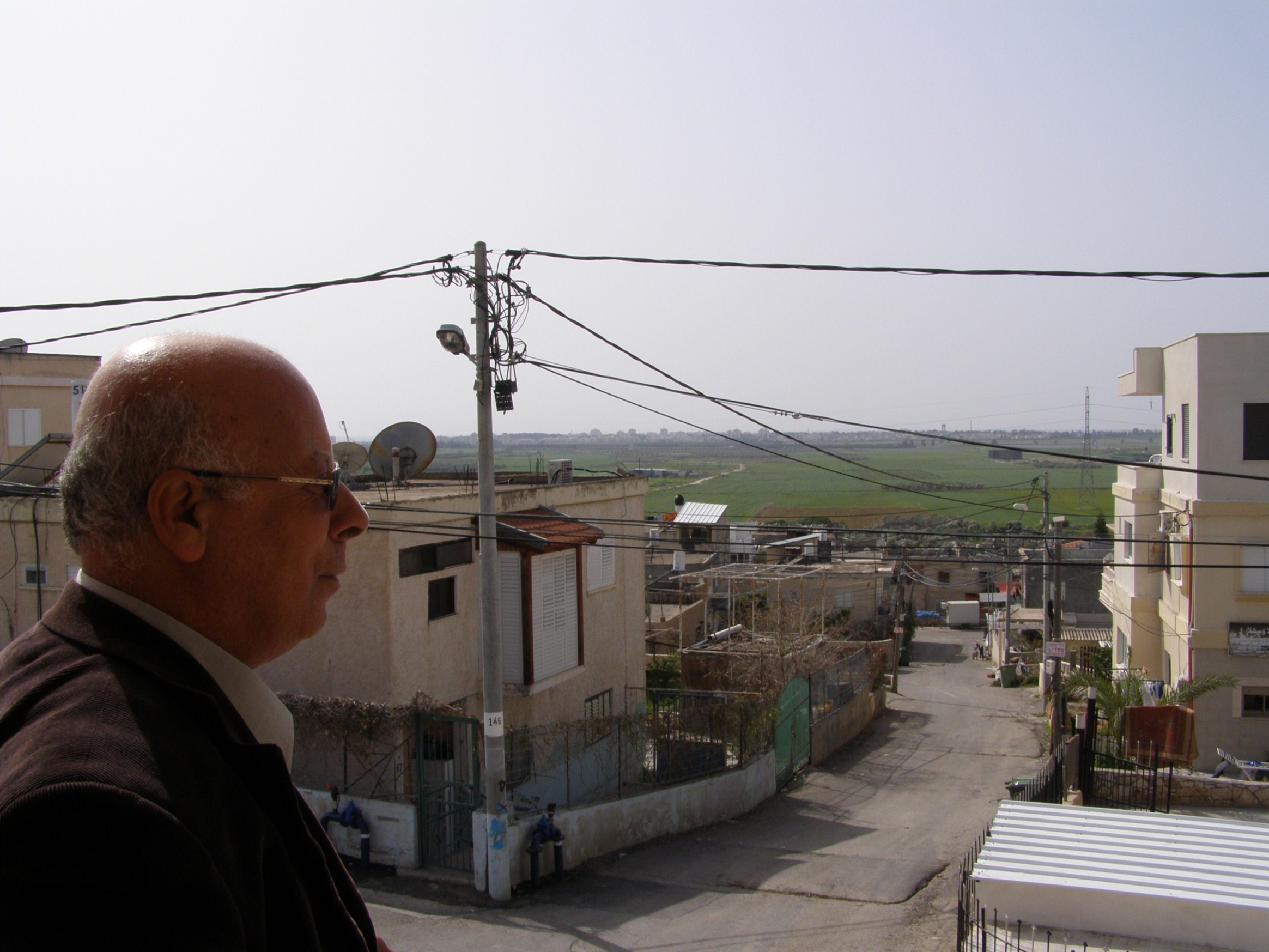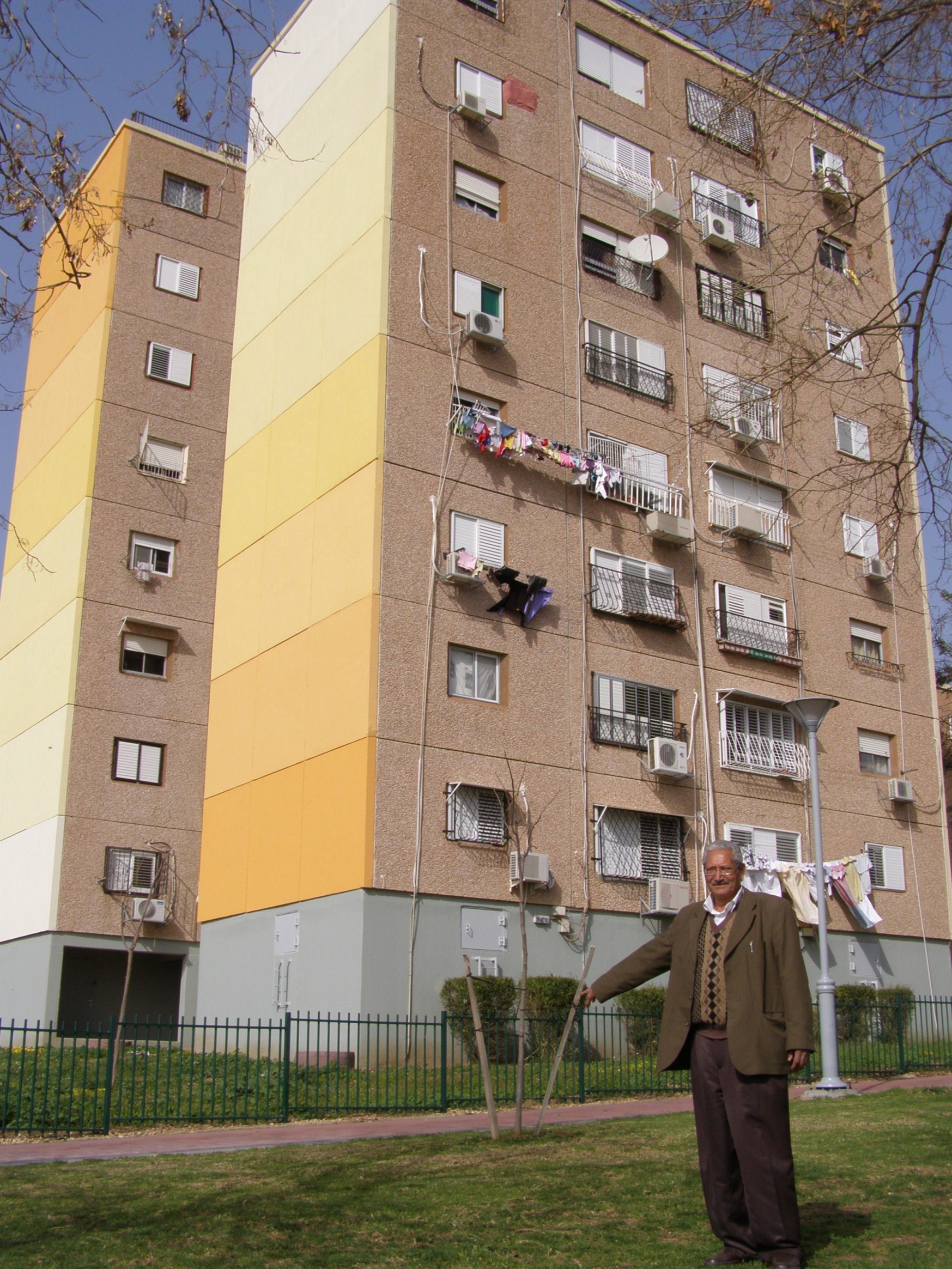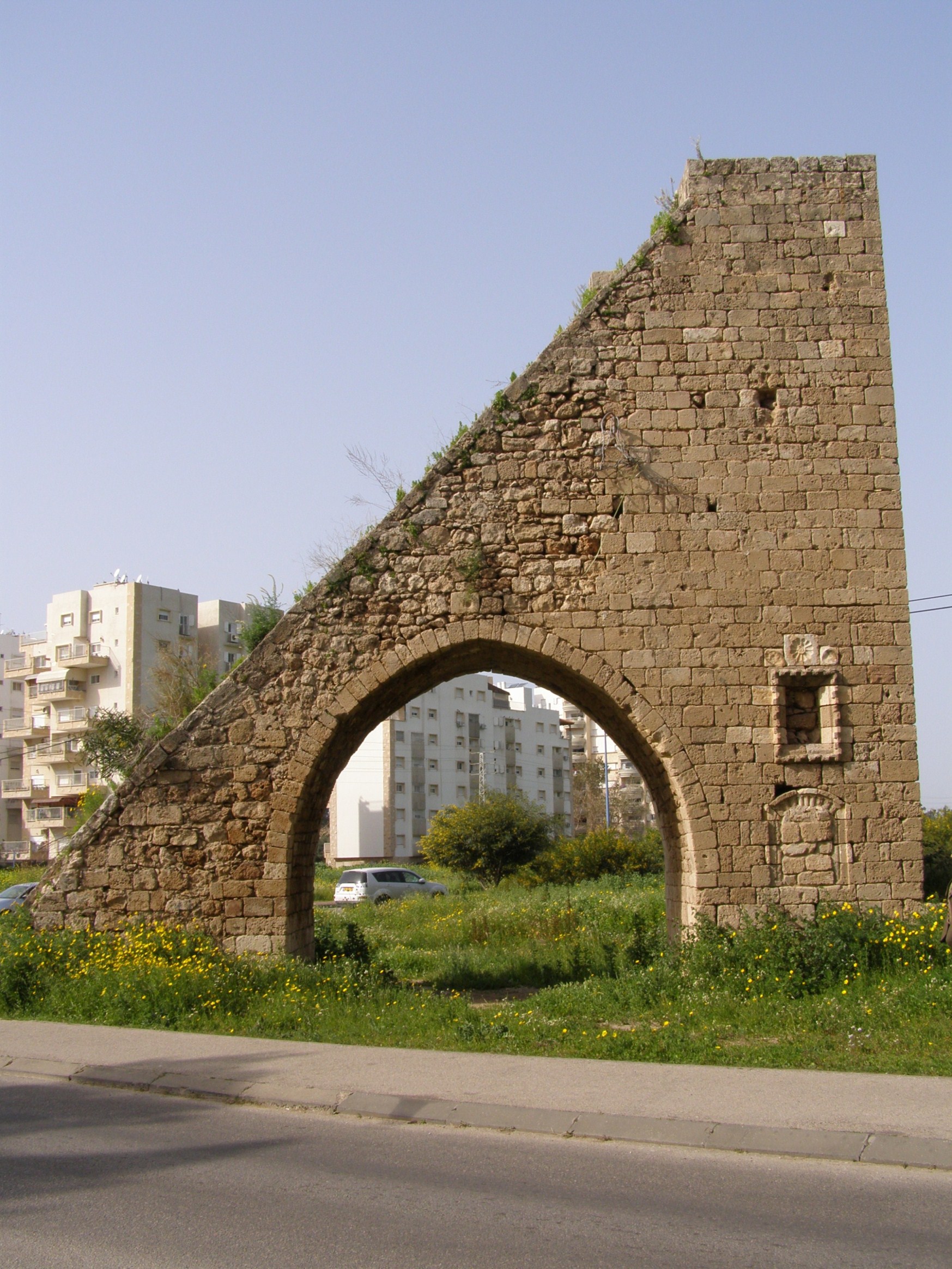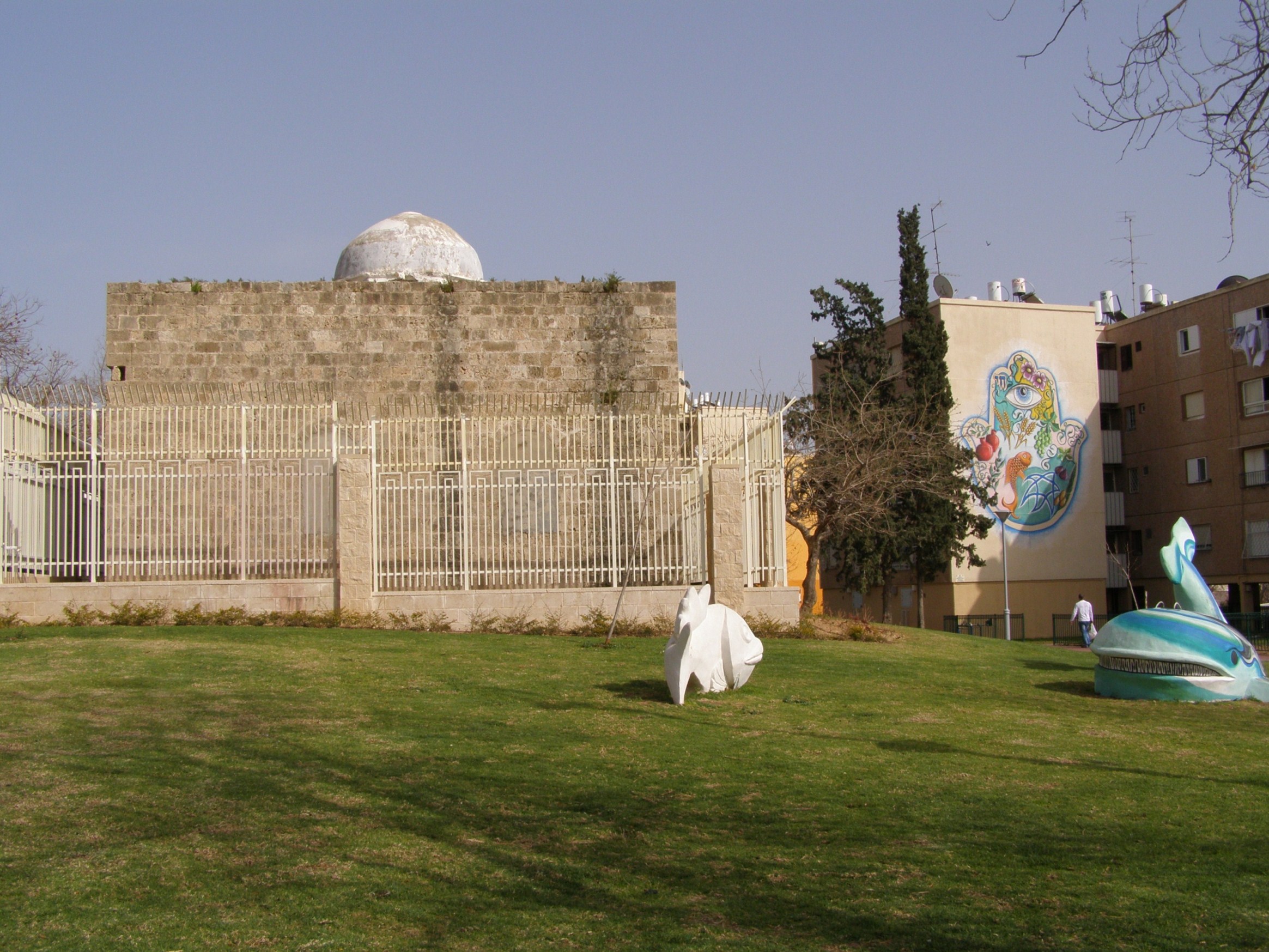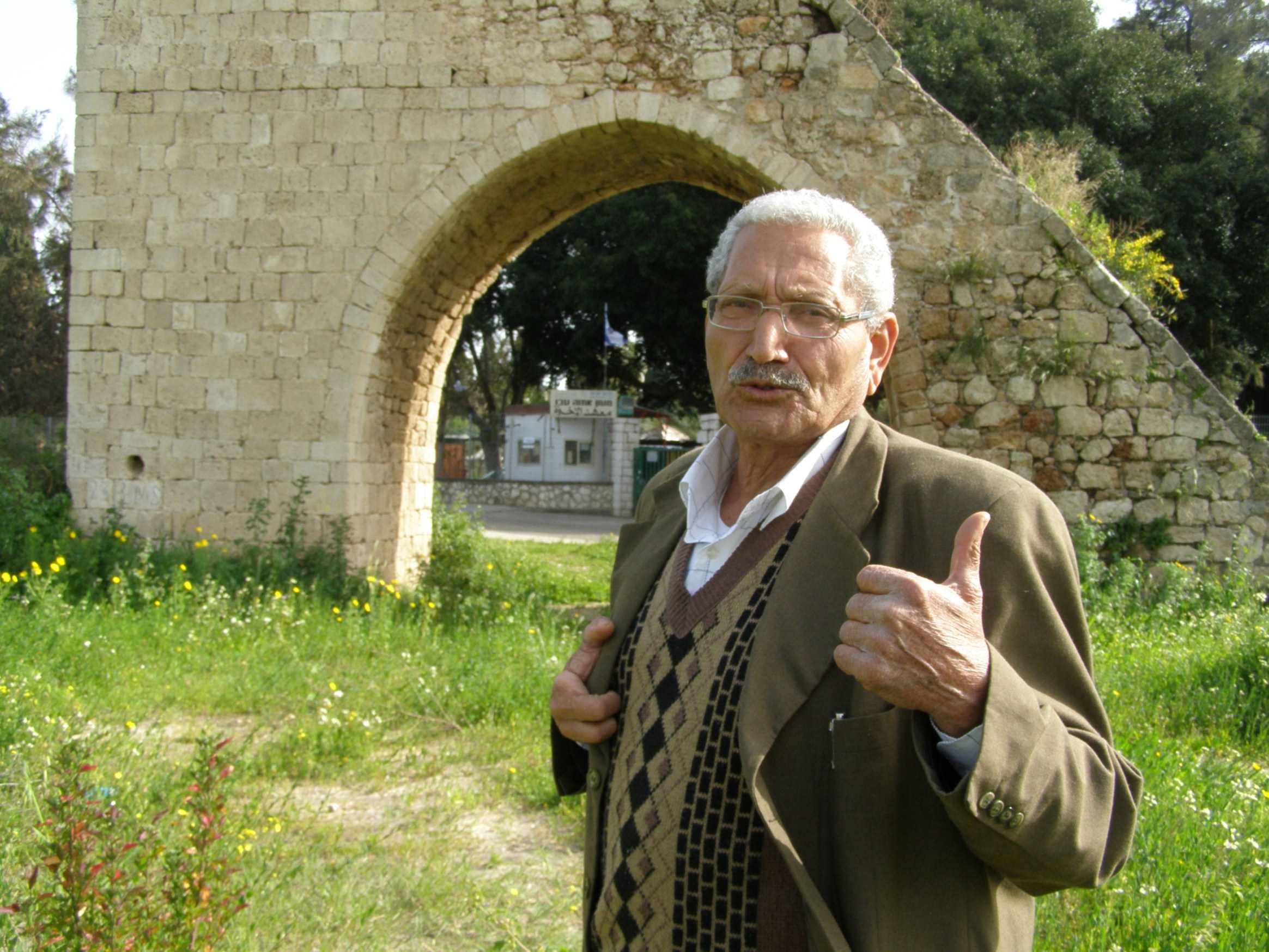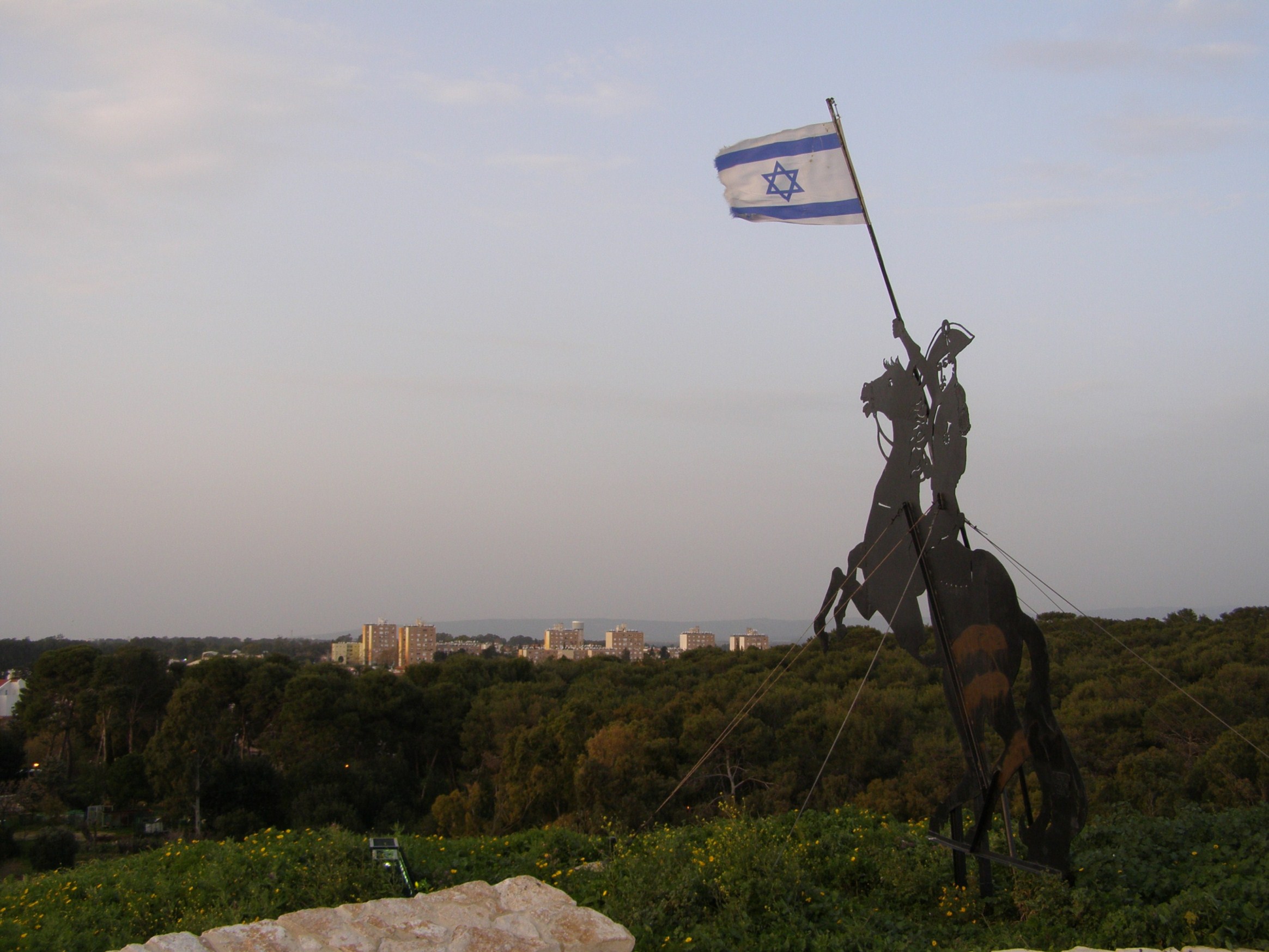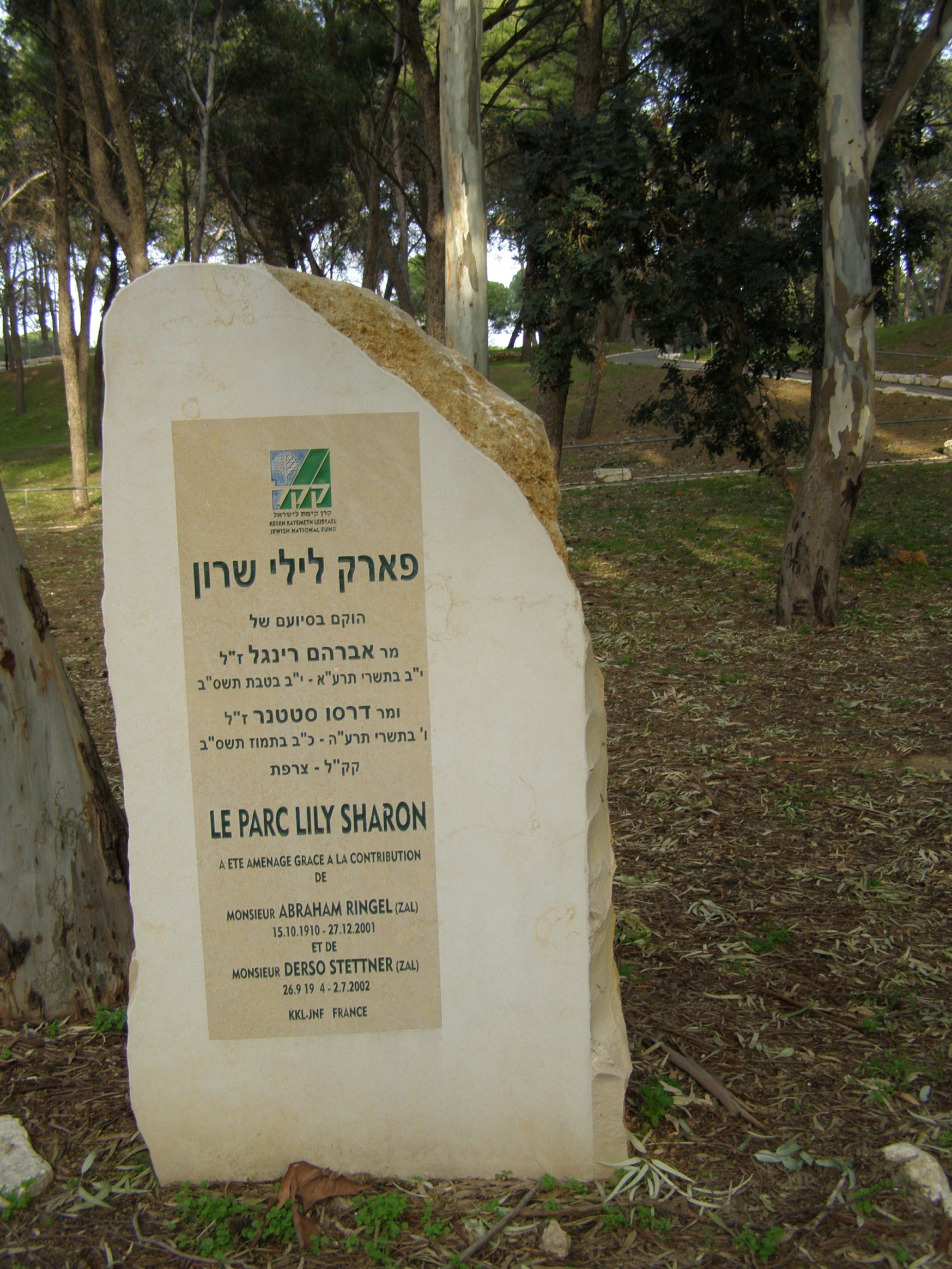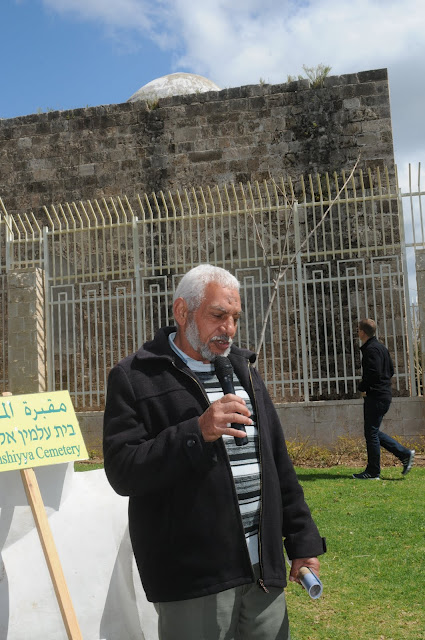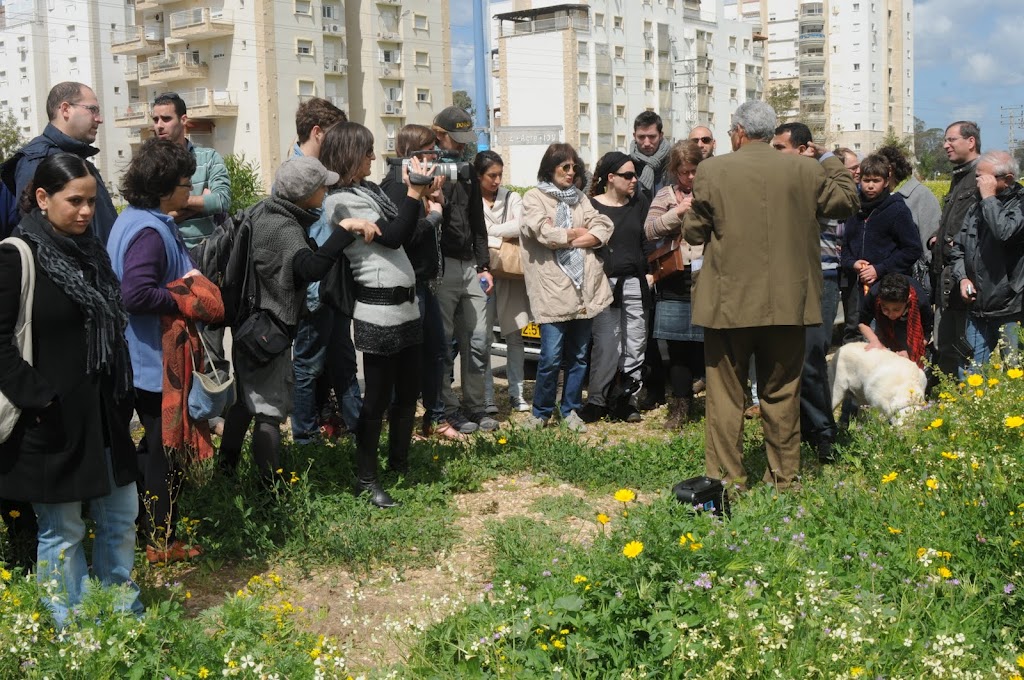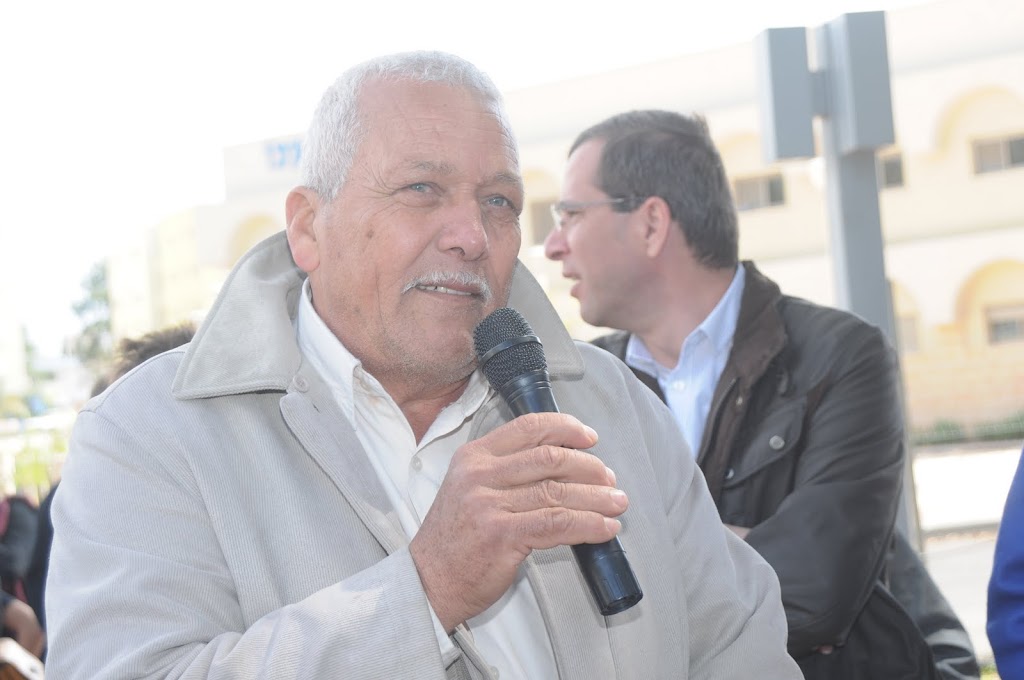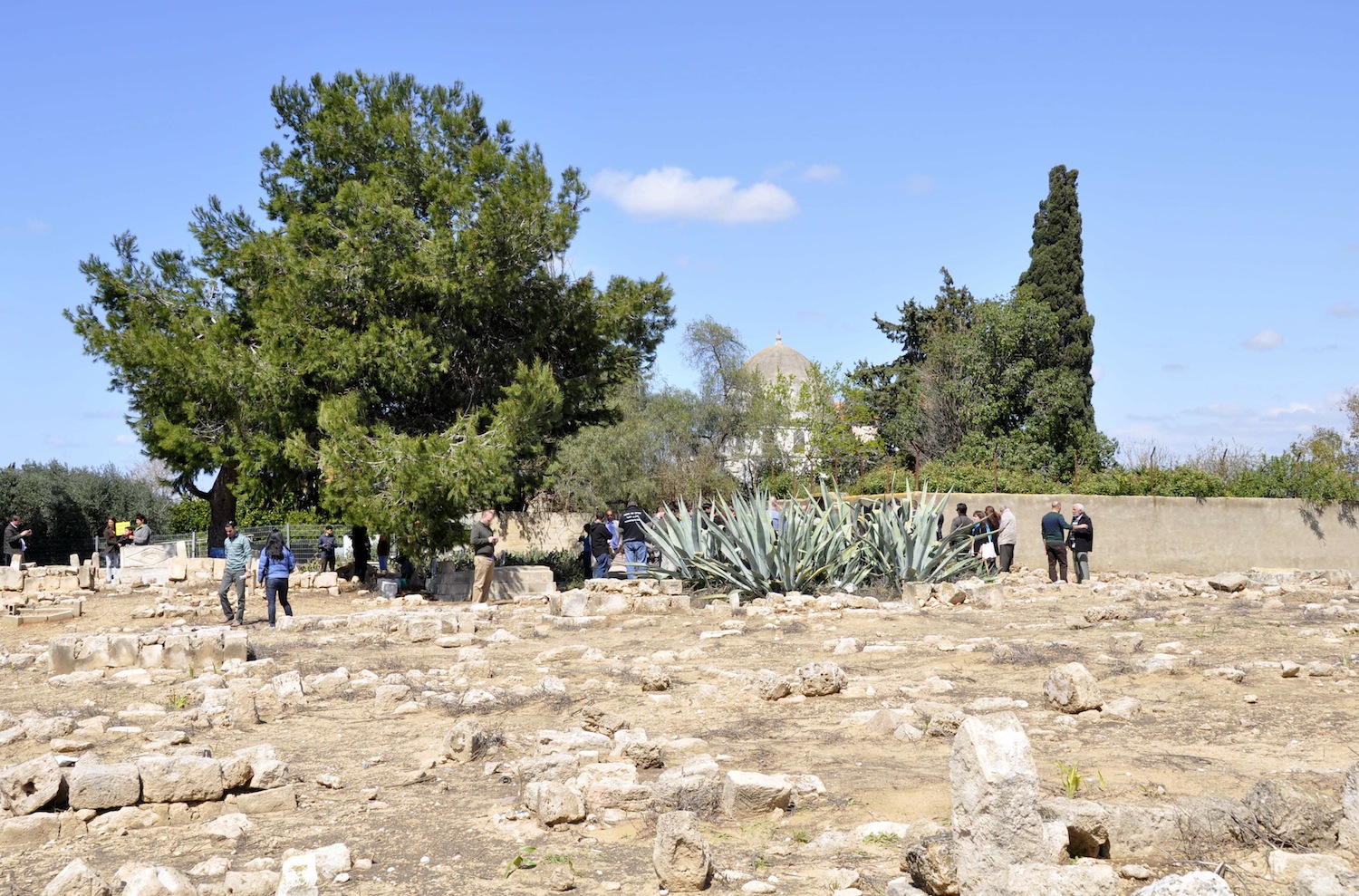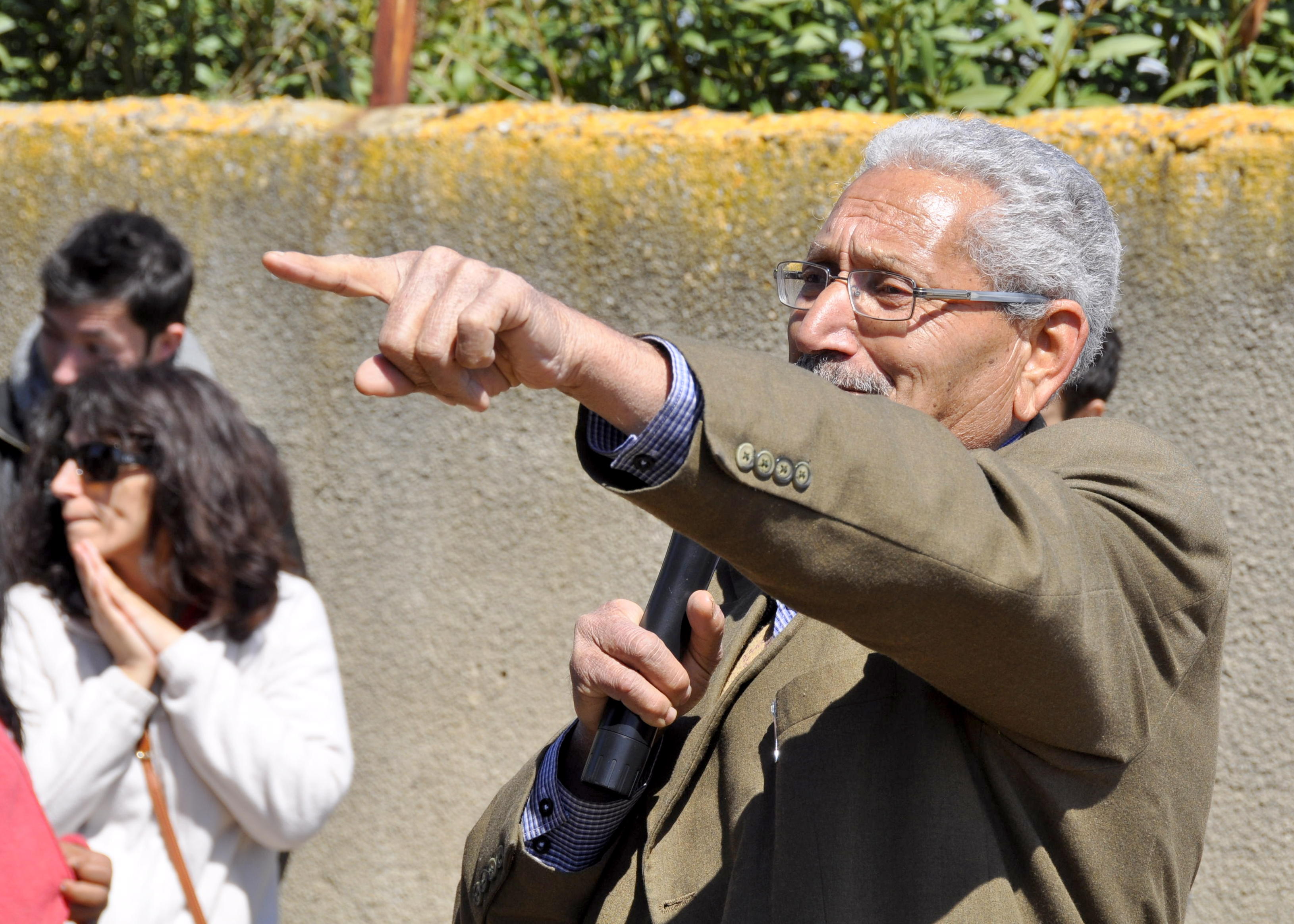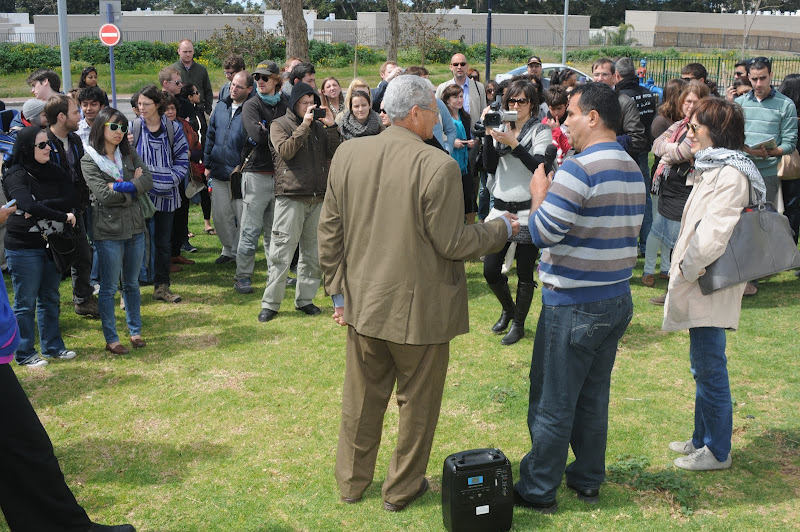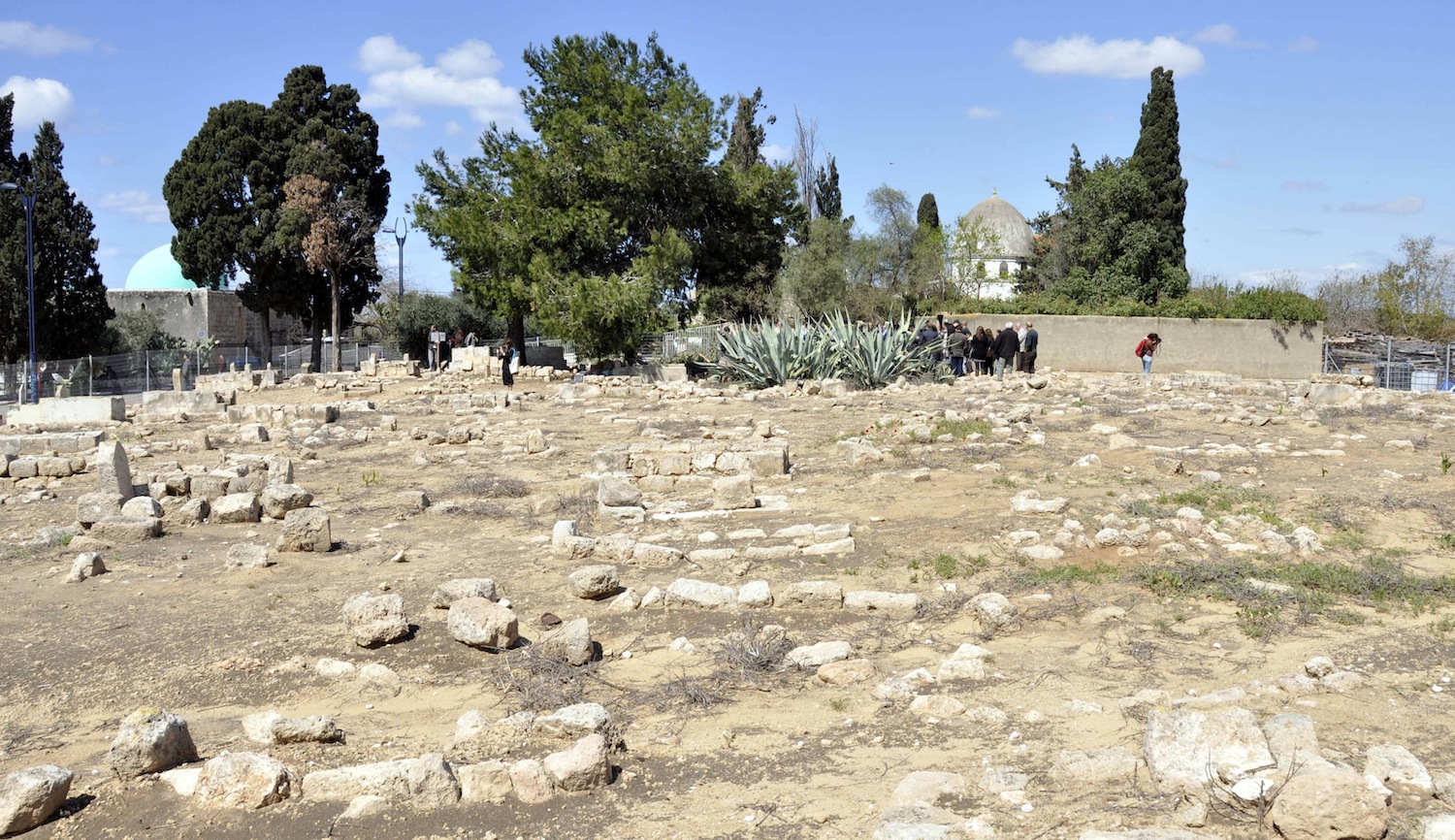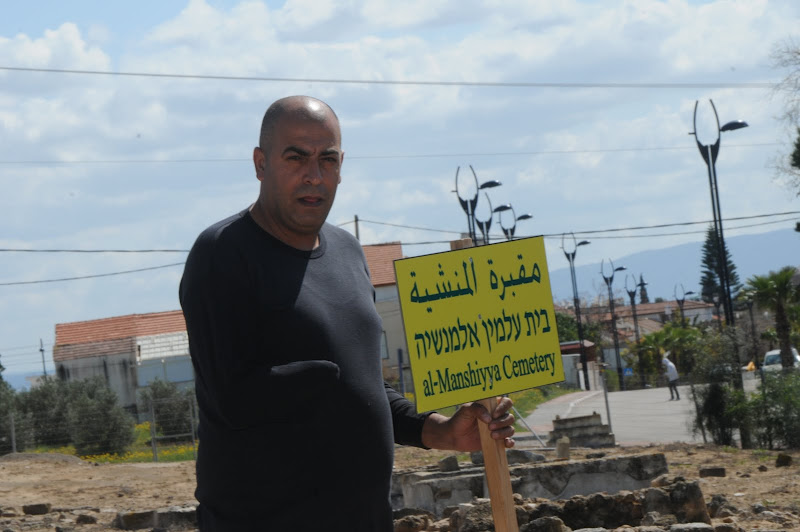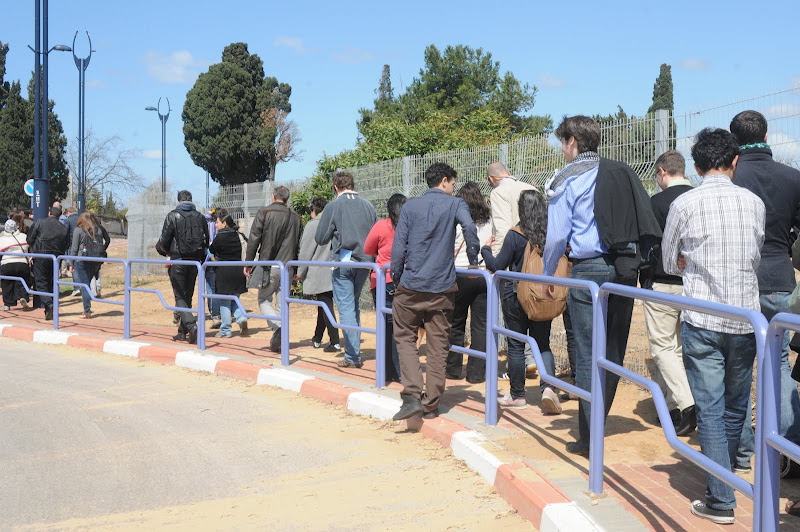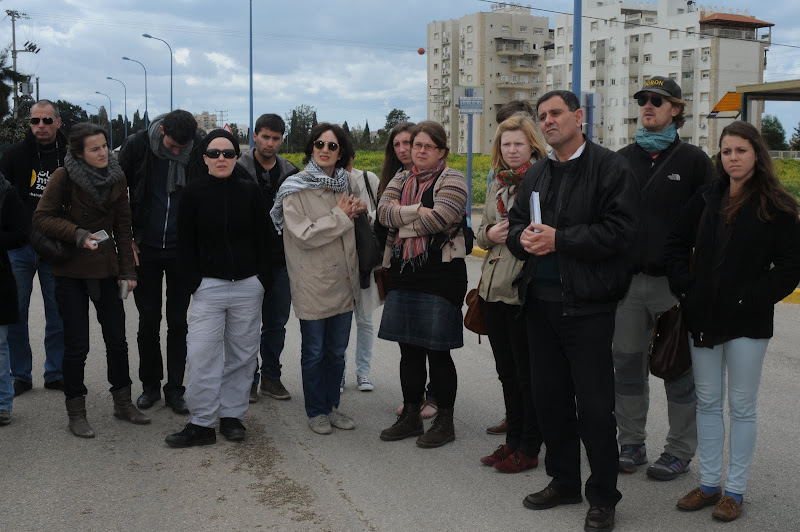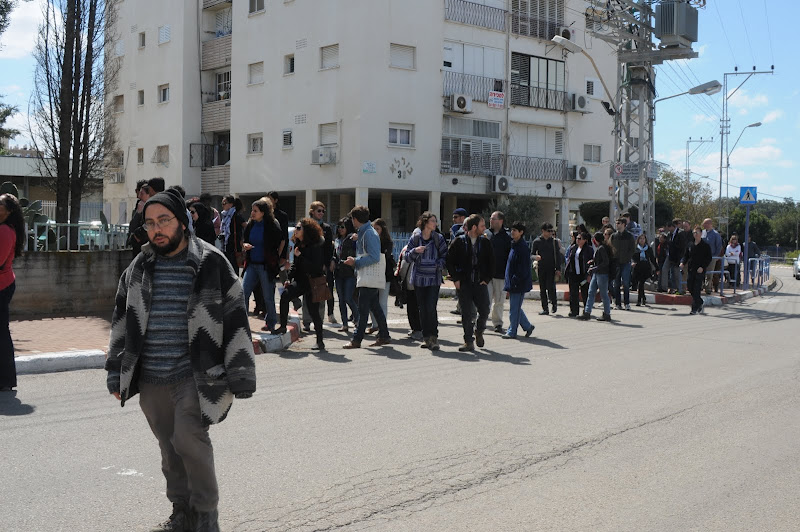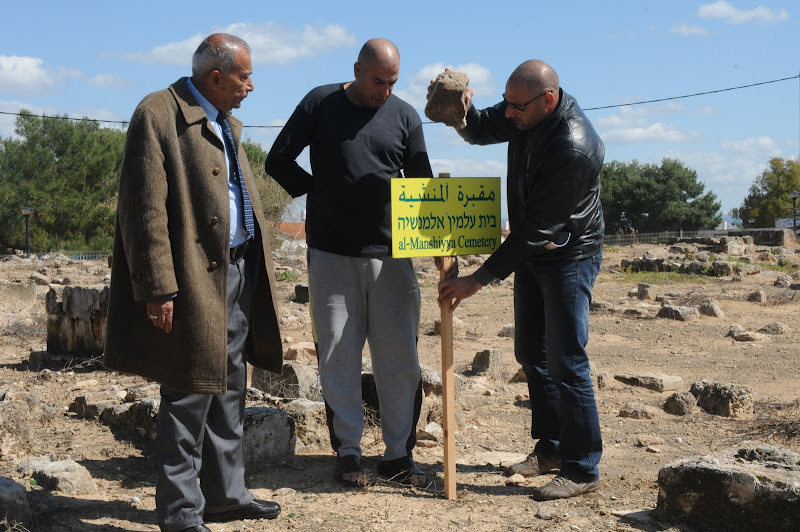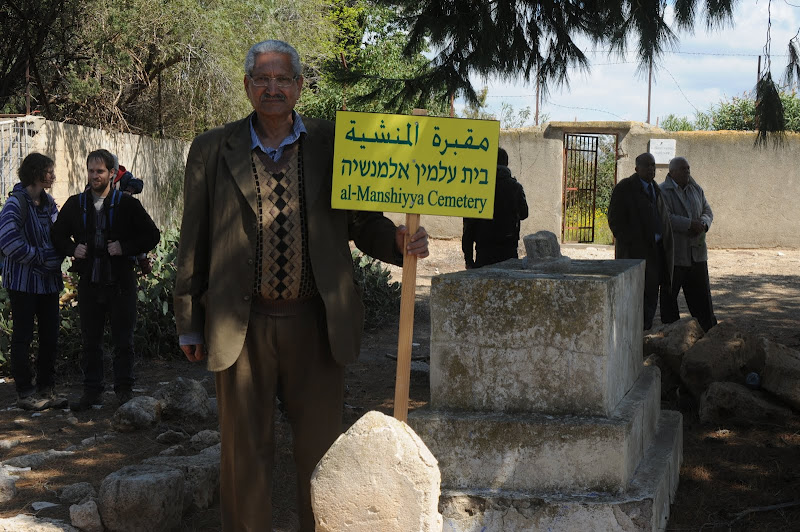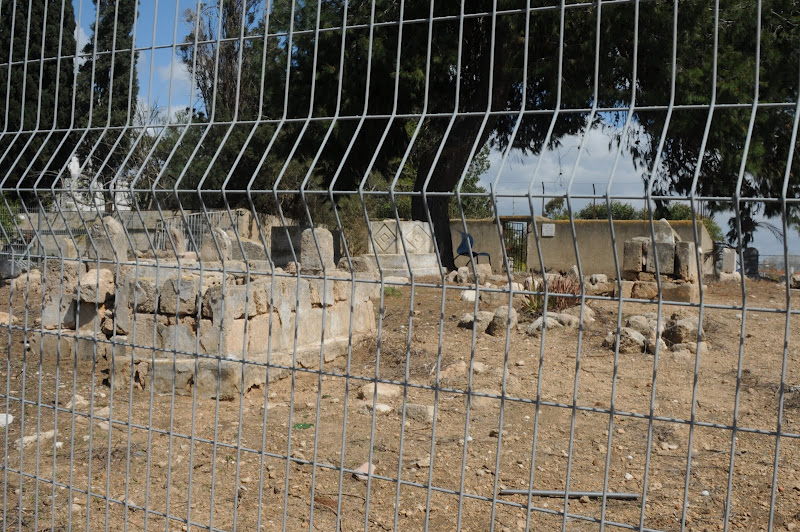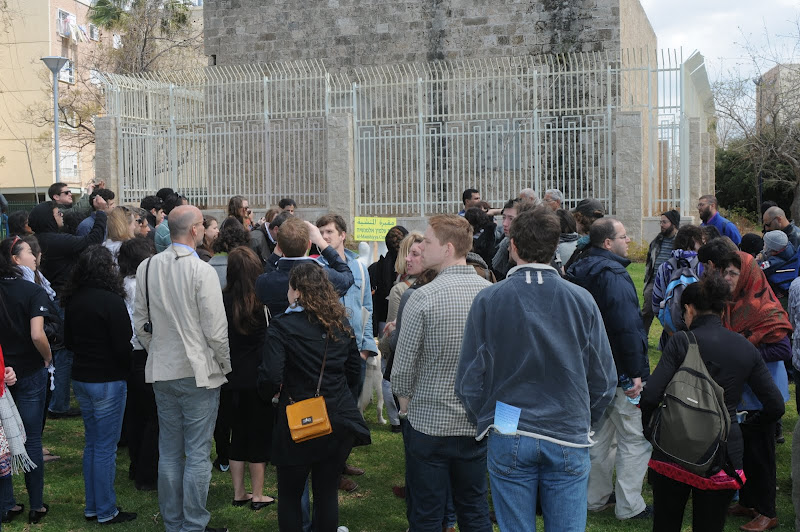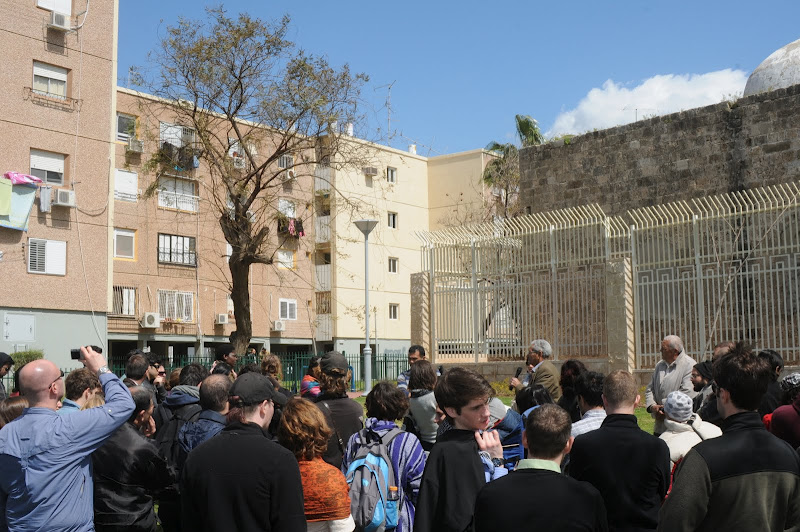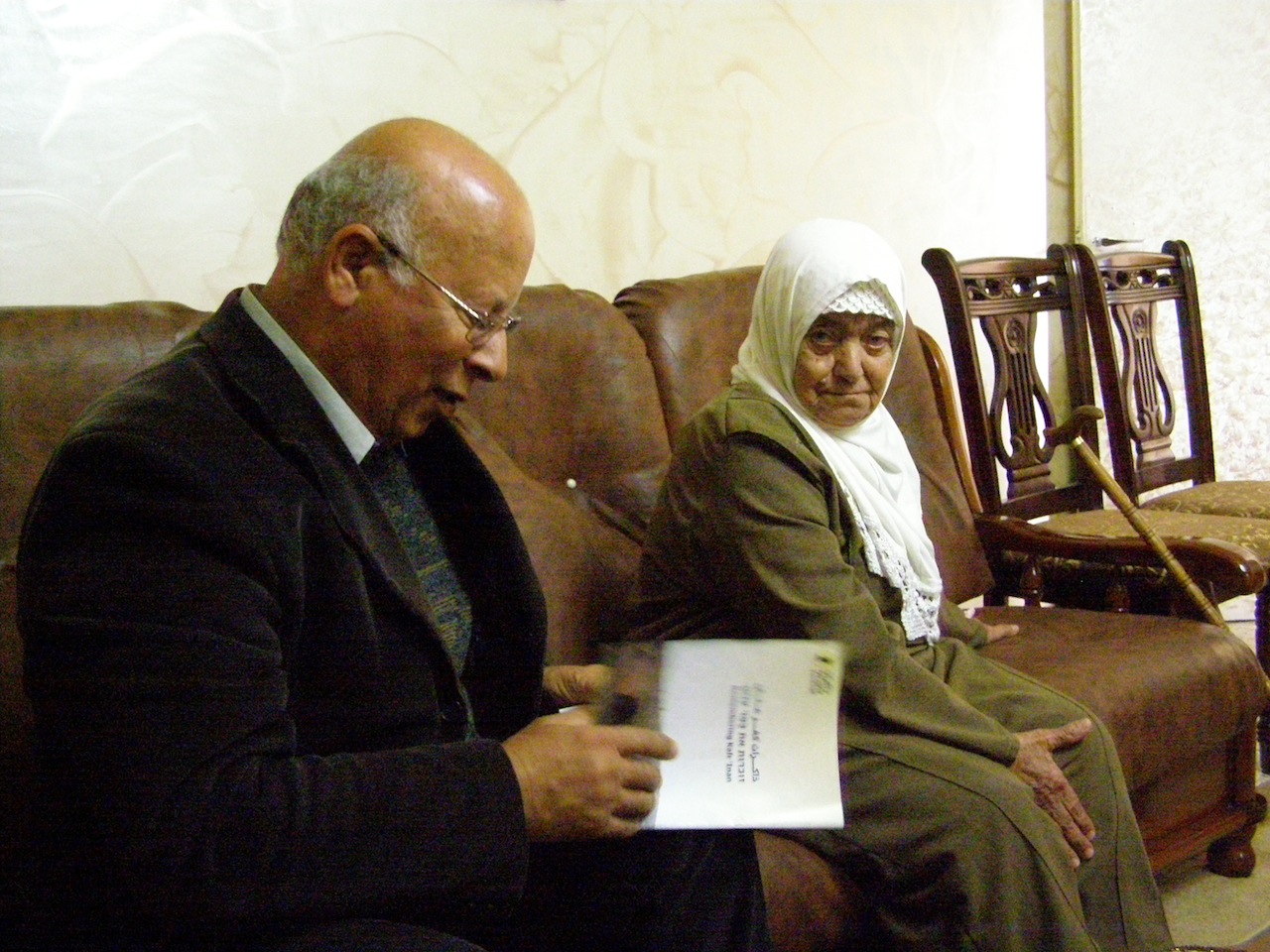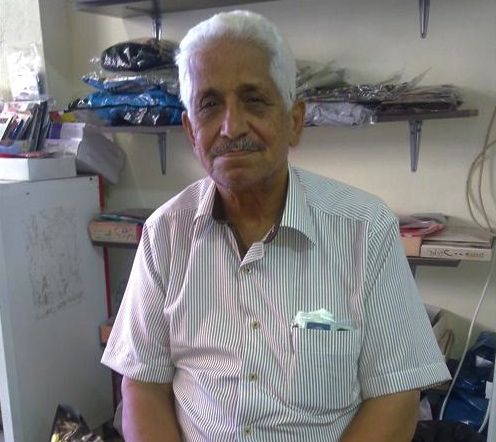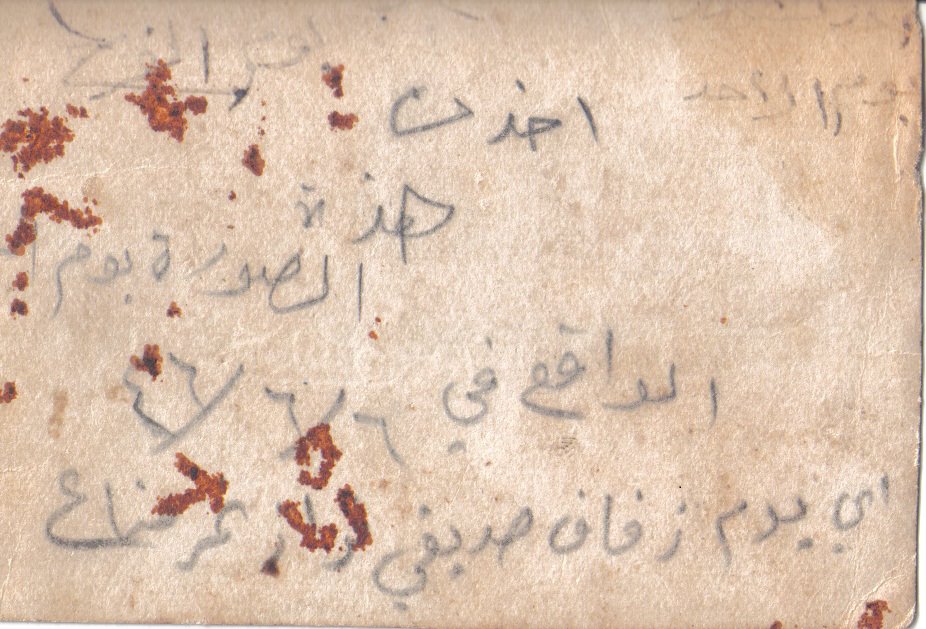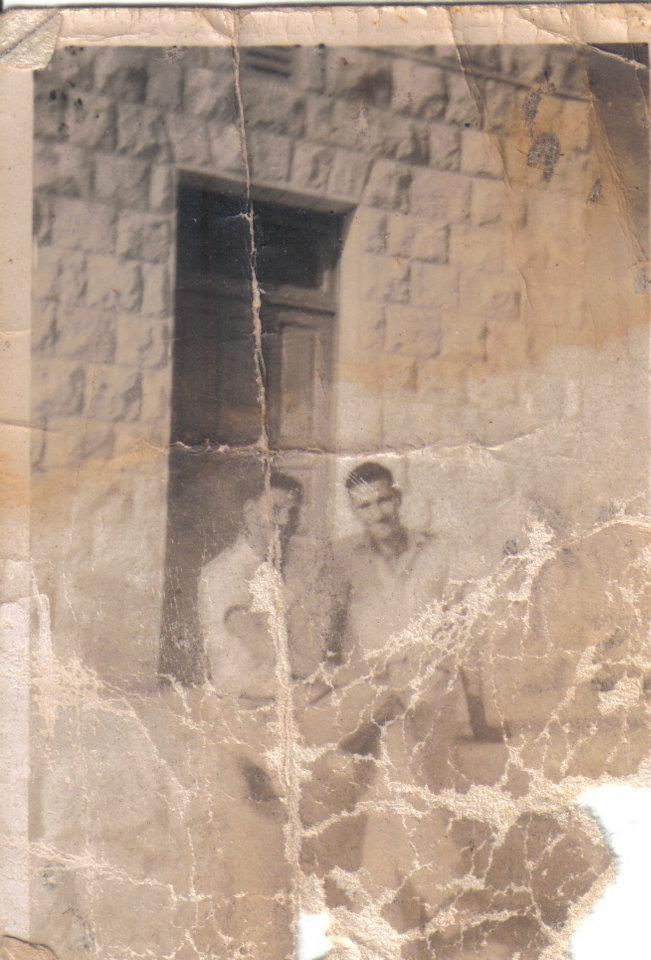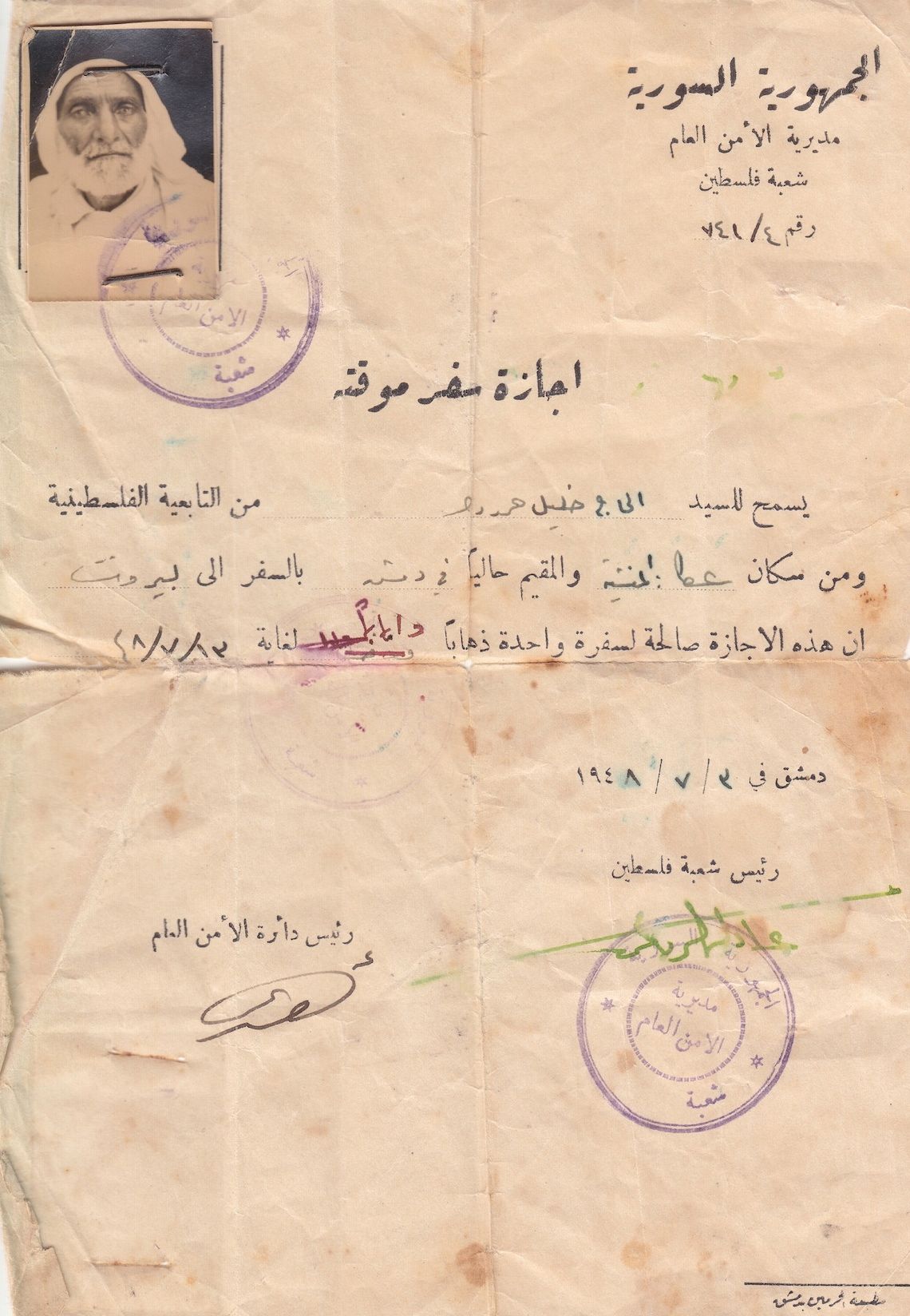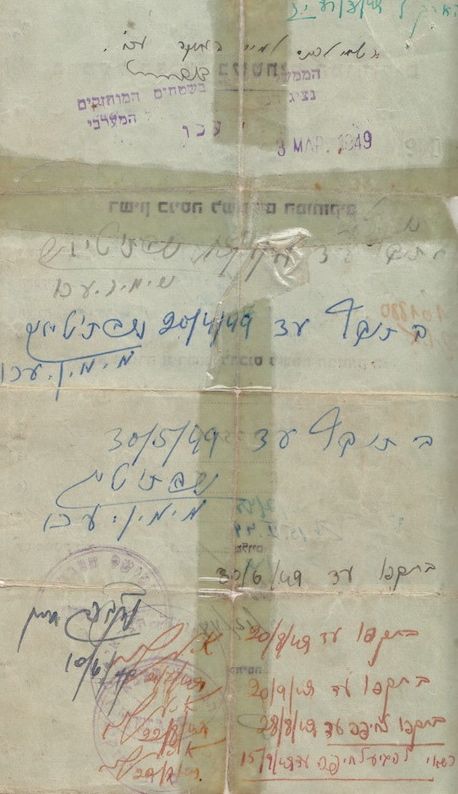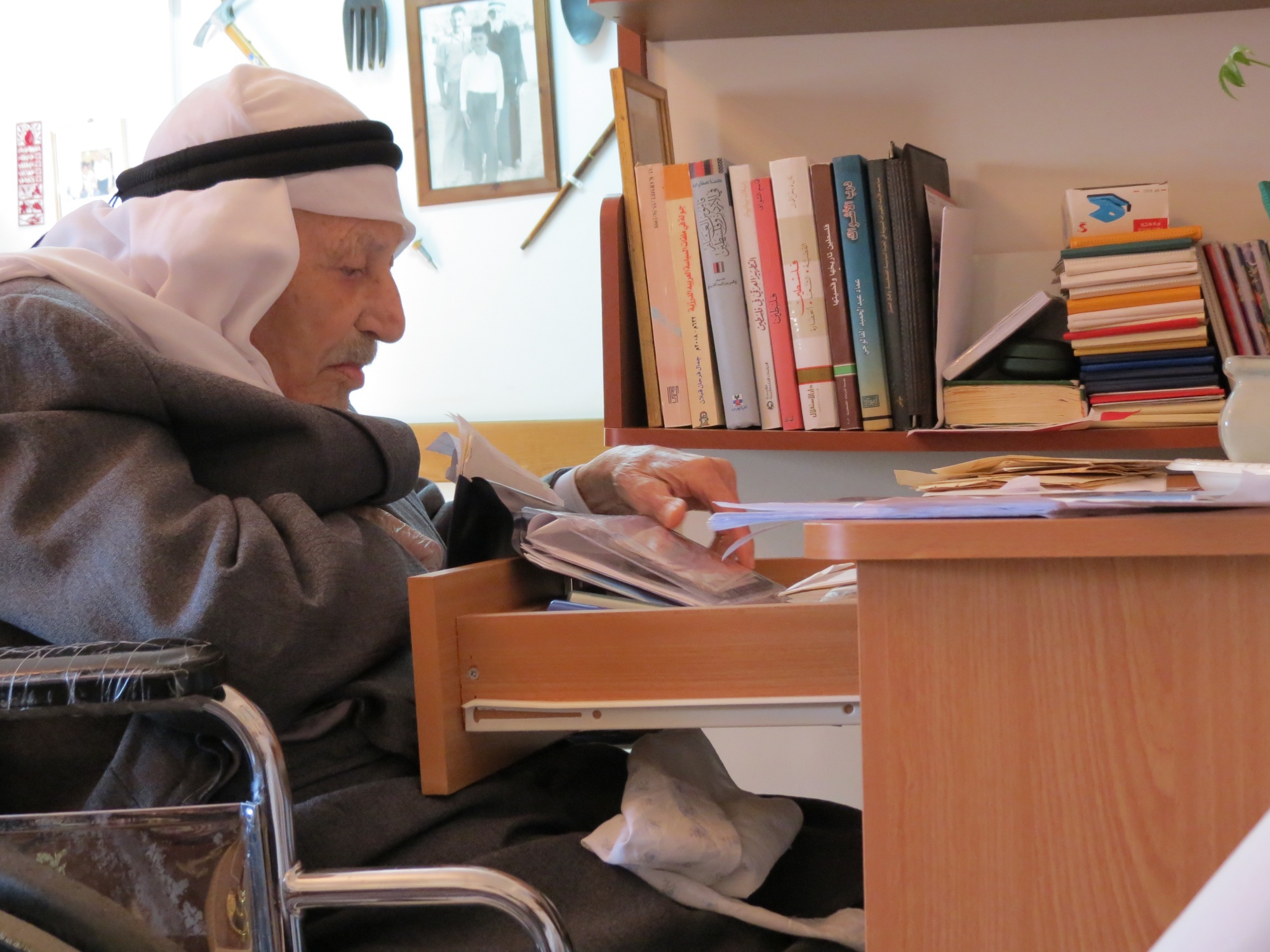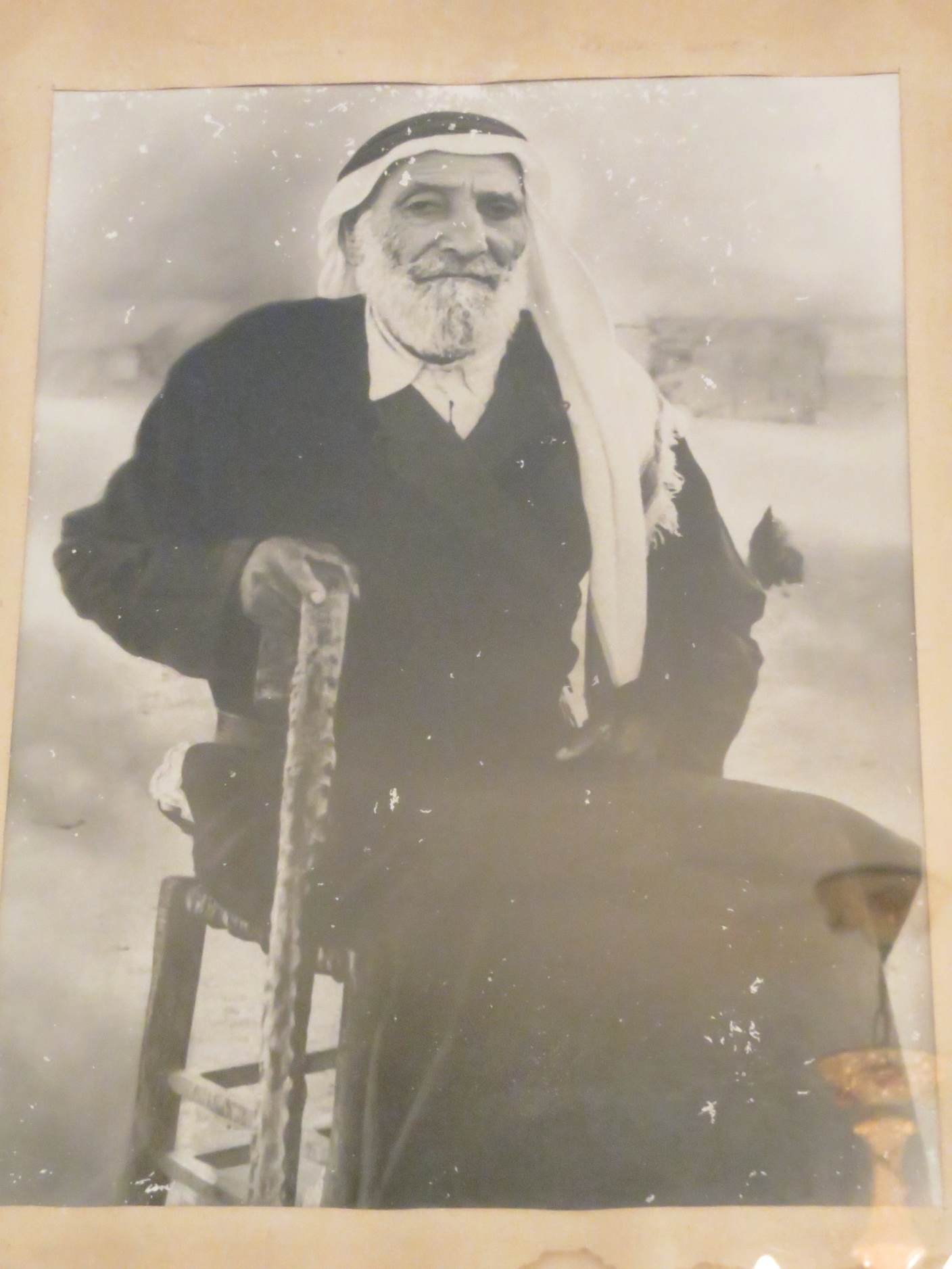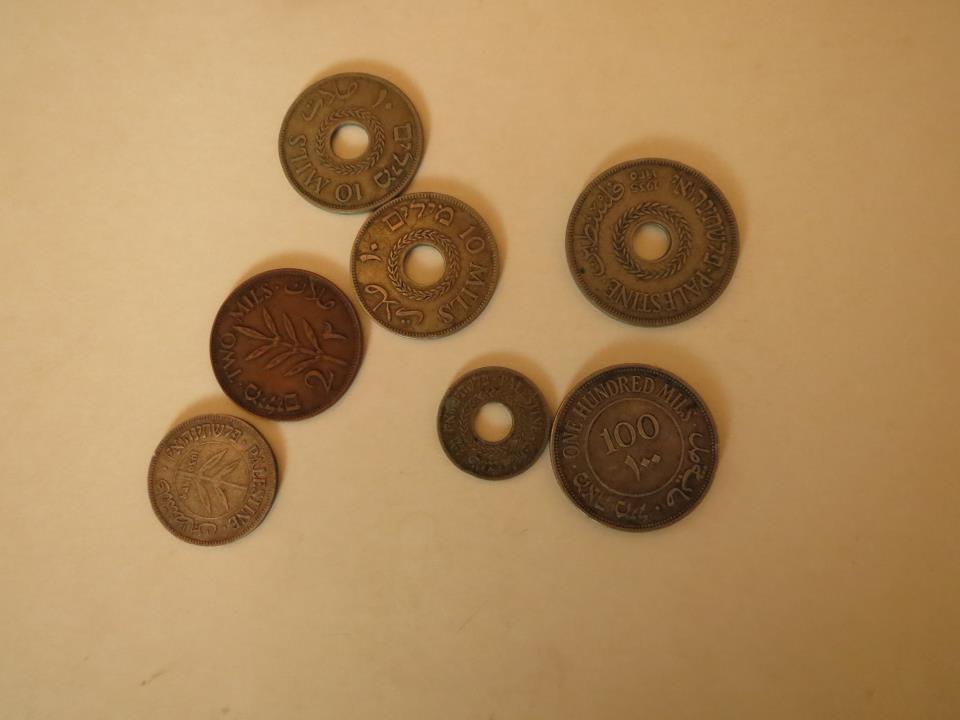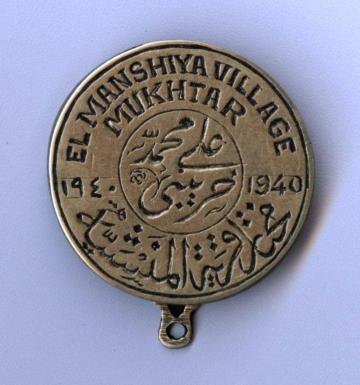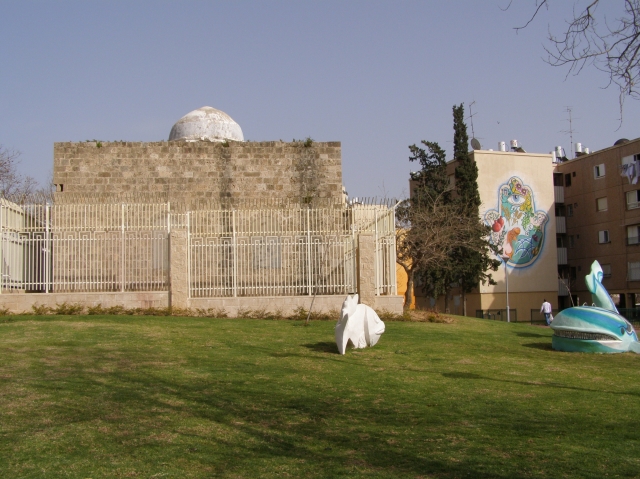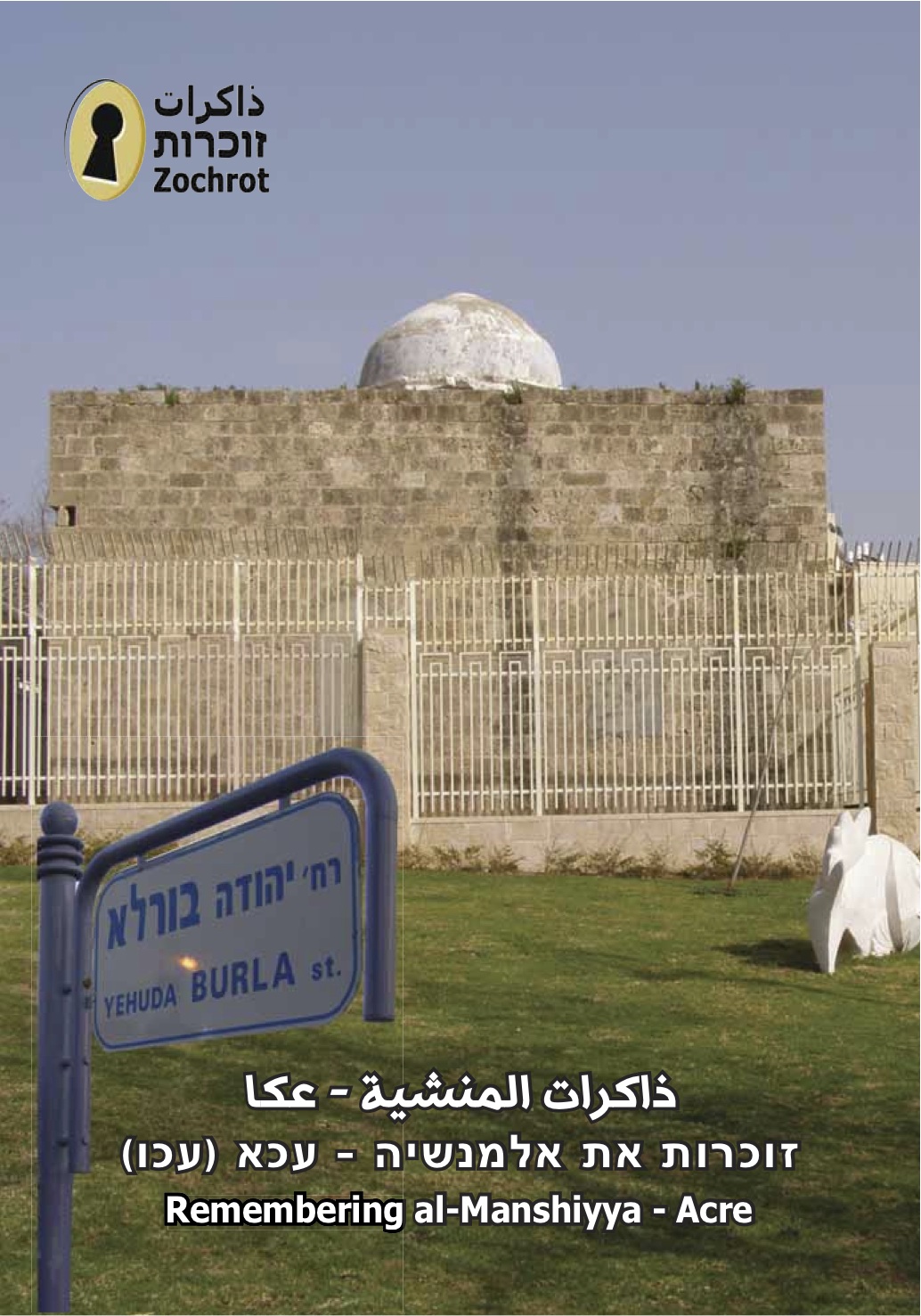Info
District: Akka (Acre)
Population 1948: 940
Occupation date: 14/05/1948
Occupying unit: Carmeli brigade
Jewish settlements on village/town land before 1948: None
Jewish settlements on village/town land after 1948: Acre East Neighborhoods (Neve Aviv), Moria, Ben Gurion, A part of Shomrat, A part of Bustan HaGalil
Background:
The village was situated on a sandstone plateau in the northwestern segment of the plain of Acre, 3 km northeast of the city of Acre and 2 km north of the al-Na'amin River. One-half kilometer to the west of it ran the al-Basha canal, which carried water from the srpings of al-Kabri to Acre. Al-Manshiyya was linked by a short secondary road to the coastal highway that led to Acre.
Al-Manshiyya was first dran into the war by an Israeli infiltration which occured on 6 February 1948. On that day a number of armed Jews using automatic weapons and Sten guns attacked the village, according to the Palestinian daily Filastin. The paper said that they were driven back by the village's defenders; it made no mention of casualties.While no precise details are given, indirect evidence indicates that this was one of the villages occupied at the beginning of Opertaion Ben-Ami, on 14 May 1948.
A month after its occupation, on 16 June, Israeli prime minister Ben-Gurion was able to report that the destruction of al-Manshiyya was already underway.
Two settlements, Shamrat and Bustan ha-Galil, were established in 1948 north of village lands north of the village site. Shamrat was originally located 2 km further north and was called ha-Yotzerim. It was first founded in 1946 on land that had belonged to the German Templars but was moved to its present location in May 1948. The site is now part of the city of Acre.
The Baha'i shrine, the mosque, the Islamic school for orphans, and a few houses still stand; the rest of the village is gone. The shrine is a handsome, domed, structure, the front wall and arched entrance of which are framed by prominent stone pillars. There are several graves in the nearby yard. The shrine and the graves are well-maintained and visited by Baha'is from all around the world. The mosque, a stone structure with a dome and vaulted ceilings; has been turned into a private home for a Jewish family. The former Islamic school for orphans is also inhabited. The cemetery is still visible but is not tended; it contains a tombstone that is inscribed in Turkish and dates to the eighteenth century. The al-Basha water canal, built with stone blocks, still exists, but is not functionning; the same is also true of an aqueduct.


